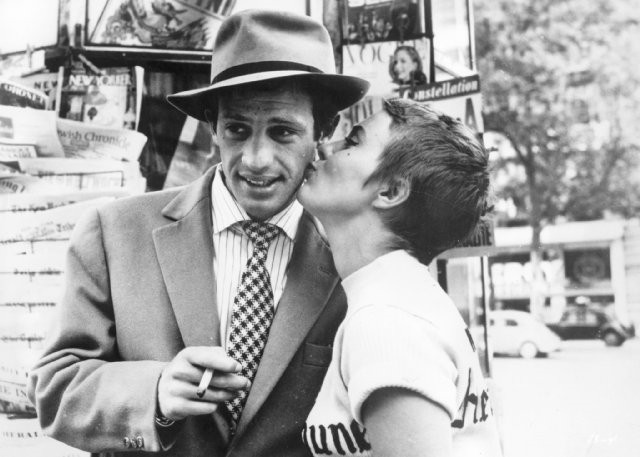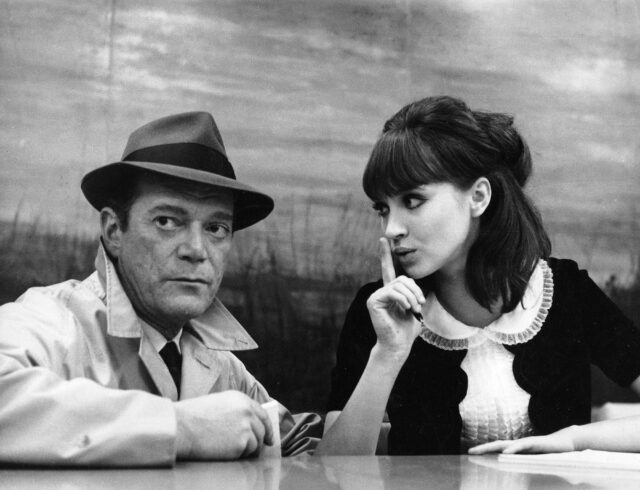
World premiere of 4K restoration of Jean-Luc Godard’s Alphaville kicks off “Rialto at 25” at MoMA (photo courtesy the Kobal Collection)
RIALTO AT 25
MoMA Film, Museum of Modern Art
11 West 53rd St. between Fifth & Sixth Aves.
April 19 – May 22, $8-$12
212-708-9400
www.moma.org
www.rialtopictures.com
In 1997, Bruce Goldstein started Rialto Pictures, joined the following year by Adrienne Halpern. For more than a quarter-century, Rialto has been dedicated to reissuing and restoring classic foreign and independent films, both famous and forgotten, often debuting them at Film Forum, where Goldstein has long served as master programmer. MoMA pays tribute to copresidents Goldstein and Halpern with “Rialto at 25,” a five-week series consisting of thirty-one films released by the beloved distribution company, beginning with Henri-Georges Clouzot’s 1947 murder mystery, Quai Des Orfèvres, and the world premiere of a brand-new 4K restoration of Jean-Luc Godard’s 1965 futuristic thriller, Alphaville.
Organized by MoMA Film curator Dave Kehr, the festival also includes Jean-Pierre Melville’s Army of Shadows, Francis Ford Coppola’s The Conversation, John Carpenter’s Escape from New York, Robert Hamer’s Kind Hearts and Coronets, Marcel Carné’s Le Jour Se Lève, Akira Kurosawa’s Ran, Carol Reed’s The Third Man, Joe Dante’s The Howling, and Alberto Cavalcanti’s Went the Day Well?
“I began Rialto Pictures out of sheer frustration. Many classic movies, particularly European films, had no distribution in the United States, with prints either impossible to get or unavailable to repertory cinemas,” Goldstein said in a statement. “And, just as bad, a lot of important classics — like Renoir’s Grand Illusion and Godard’s Breathless — were seen for decades only in miserable 16mm copies, with bad image and sound. By getting the rights to movies like these myself, I could make brand new 35mm prints and show them — not just in New York — but in movie theaters across the country.”
Rialto has amassed a profoundly remarkable collection that is well represented in the MoMA series; among the other highlights and surprises are Federico Fellini’s Nights of Cabiria (with a seven-minute restored scene), Jules Dassin’s Rififi, Orson Welles’s The Trial, Joseph Losey’s Mr. Klein, John Boulting’s Brighton Rock, and Luis Buñuel’s The Discreet Charm of the Bourgeoisie and That Obscure Object of Desire. In addition, MoMA has created a special forty-five-minute compilation of Rialto trailers.
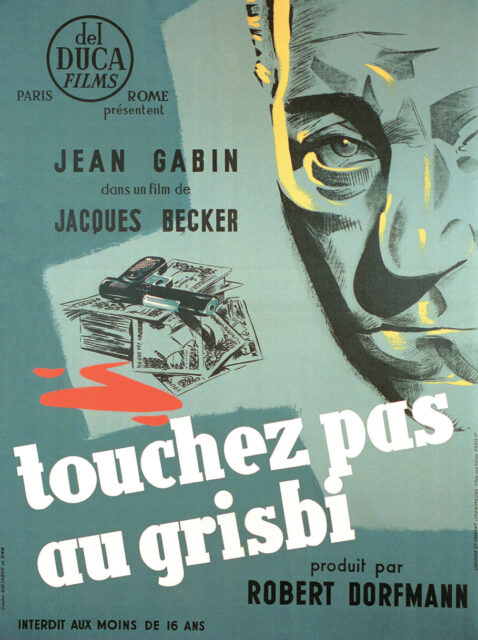
On April 29, Goldstein will present the illustrated talk “The Art of Subtitles”; several screenings will feature introductions or discussions; and originally commissioned Rialto posters will be on view. Goldstein will introduce Jacques Deray’s La Piscine on April 26 and Dino Risi’s Una Vita Difficile on May 14, translator and subtitler Michael F. Moore will introduce Francesco Rosi’s Christ Stopped at Eboli on April 22, Whit Stillman and actors Dylan Hundley and Carolyn Farina will participate in a discussion following a screening of Metropolitan on April 27, actor Madjid Niroumand will talk about Amir Naderi’s Davandeh with Goldstein after a screening on April 28, and Julien Duvivier’s Panique will be introduced on April 26 by Pierre Simon, the son of Georges Simenon, on whose novel the film is based. You might as well just move in to MoMA from April 19 to May 22, but keep looking over your shoulder.

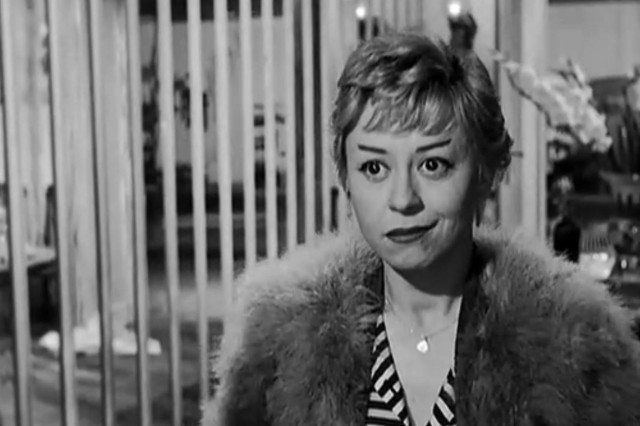
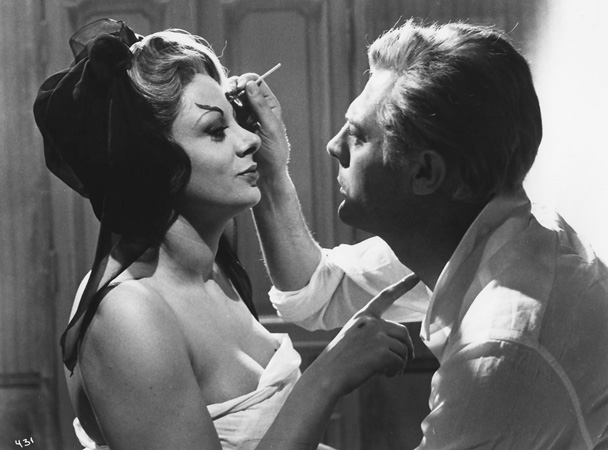
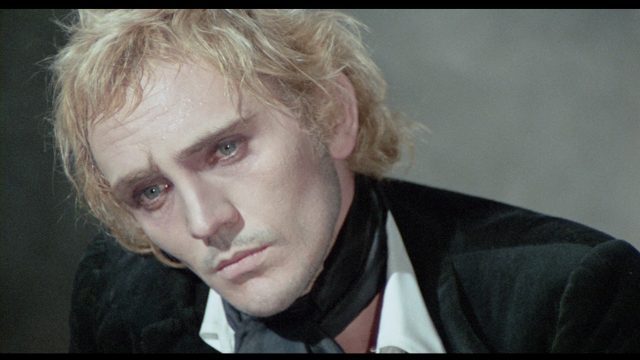
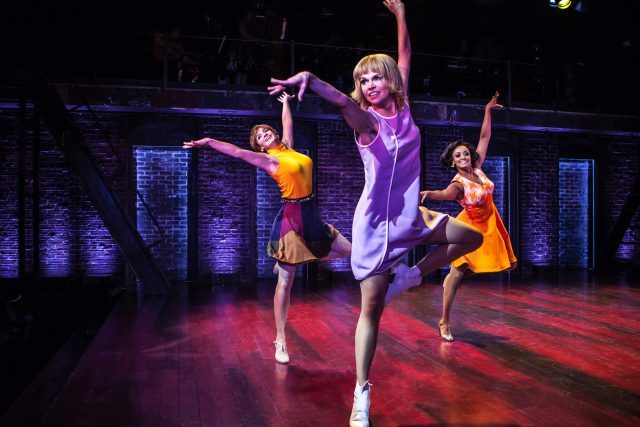
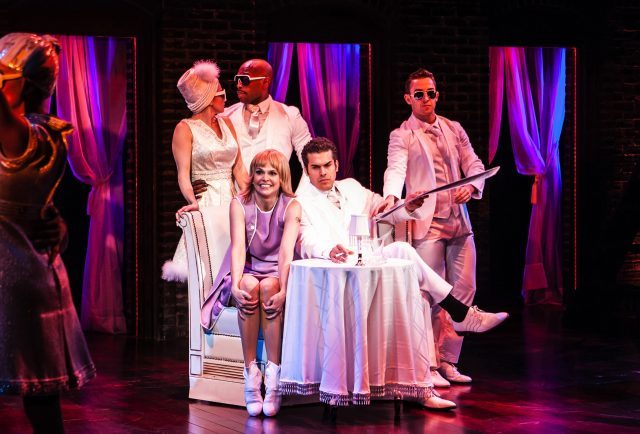
 Giulietta Masina was named Best Actress at Cannes for her unforgettable portrayal of a far-too-trusting street prostitute in Nights of Cabiria. Directed by her husband, Federico Fellini, produced by Dino De Laurentiis, and written in collaboration with Pier Paolo Pasolini, the film opens with Cabiria taking a romantic stroll by the river with her boyfriend, Giorgio (Franco Fabrizi), who suddenly snatches her purse and pushes her into the water, running off as she nearly drowns. Such is life for Cabiria, whose sweet, naive nature can turn foul tempered in an instant. Over the course of the next few days, she gets picked up by movie star Alberto Lazzari (Amedeo Nazzari), goes on a religious pilgrimage with fellow prostitutes Wanda (Franca Marzi) and Rosy (Loretta Capitoli), gets hypnotized by a magician (Ennio Girolami), and falls in love with a tender stranger named Oscar (François Périer). But nothing ever goes quite as expected for Cabiria, who continues to search for the bright side even in the direst of circumstances. Masina is a delight in the film, whether yelling at a neighbor, dancing the mambo with Alberto, or looking to confess her sins, her facial expressions a work of art in themselves, ranging from sly smiles and innocent glances to nasty smirks and angry stares. Fellini’s second film to win the Oscar for Best Foreign Language Film (after La Strada), Nights of Cabiria is screening March 28 as part of the Film Society of Lincoln Center’s “15 for 15: Celebrating Rialto Pictures” series honoring the fifteenth anniversary of the art-house distributor founded by Film Forum programmer extraordinaire Bruce Goldstein, who also worked on the updated translation for the 1998 restoration of this Fellini masterpiece.
Giulietta Masina was named Best Actress at Cannes for her unforgettable portrayal of a far-too-trusting street prostitute in Nights of Cabiria. Directed by her husband, Federico Fellini, produced by Dino De Laurentiis, and written in collaboration with Pier Paolo Pasolini, the film opens with Cabiria taking a romantic stroll by the river with her boyfriend, Giorgio (Franco Fabrizi), who suddenly snatches her purse and pushes her into the water, running off as she nearly drowns. Such is life for Cabiria, whose sweet, naive nature can turn foul tempered in an instant. Over the course of the next few days, she gets picked up by movie star Alberto Lazzari (Amedeo Nazzari), goes on a religious pilgrimage with fellow prostitutes Wanda (Franca Marzi) and Rosy (Loretta Capitoli), gets hypnotized by a magician (Ennio Girolami), and falls in love with a tender stranger named Oscar (François Périer). But nothing ever goes quite as expected for Cabiria, who continues to search for the bright side even in the direst of circumstances. Masina is a delight in the film, whether yelling at a neighbor, dancing the mambo with Alberto, or looking to confess her sins, her facial expressions a work of art in themselves, ranging from sly smiles and innocent glances to nasty smirks and angry stares. Fellini’s second film to win the Oscar for Best Foreign Language Film (after La Strada), Nights of Cabiria is screening March 28 as part of the Film Society of Lincoln Center’s “15 for 15: Celebrating Rialto Pictures” series honoring the fifteenth anniversary of the art-house distributor founded by Film Forum programmer extraordinaire Bruce Goldstein, who also worked on the updated translation for the 1998 restoration of this Fellini masterpiece.